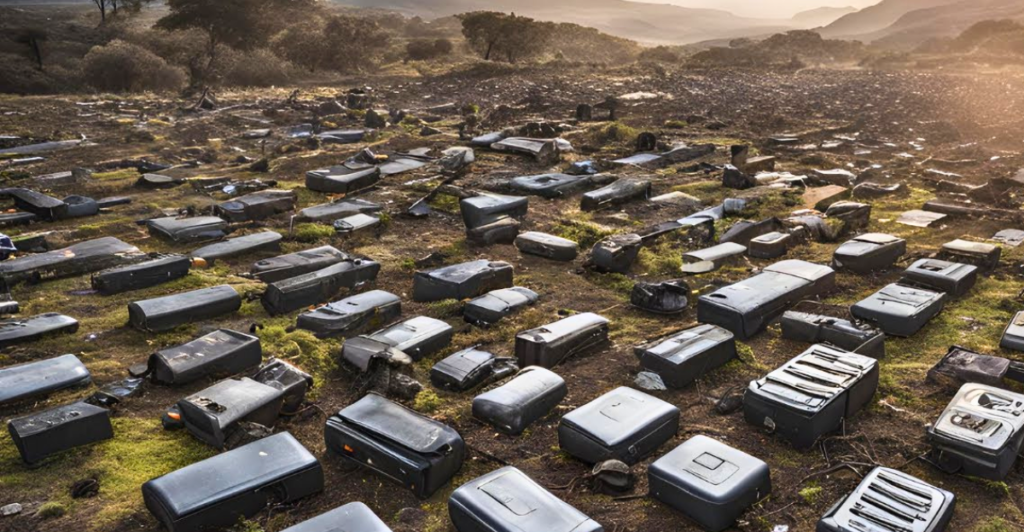
You buy the bamboo toothbrush, ditch plastic, and even invest in a Tesla because, obviously, you care about the planet. But what if I told you some of these so-called “green” choices are actually making things worse? A new study just exposed how certain “eco-friendly” technologies are accidentally cranking up ozone pollution—which, to no one’s surprise, is not great for conservation. Let’s get into it.
Ozone—The Good, the Bad, and the Ugly
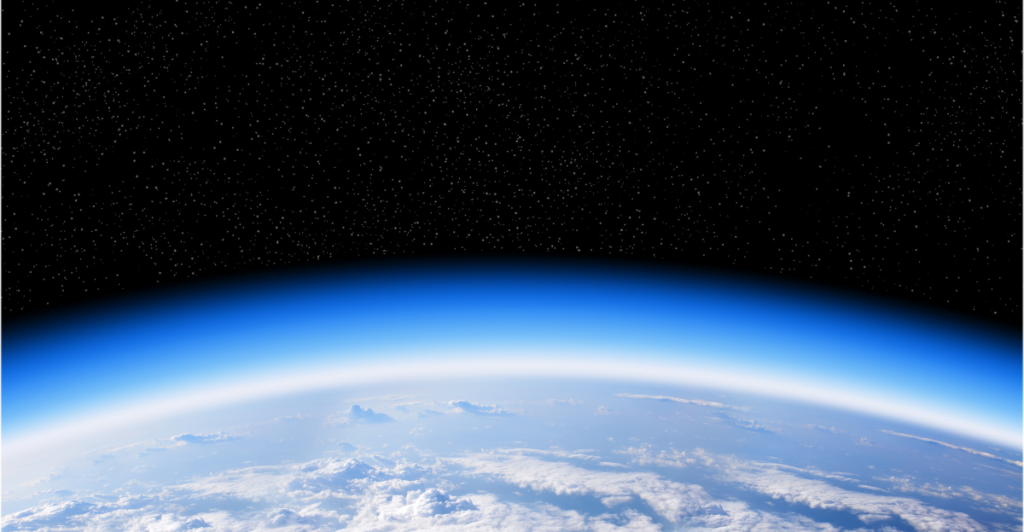
Let’s break it down: Ozone can be good or bad, depending on where it is. In the stratosphere, it forms a protective layer that shields us from harmful UV rays. But at ground level, ozone becomes a toxic pollutant that damages lungs, harms wildlife, and weakens crops. And now, a new study suggests that some green technologies might be increasing ground-level ozone instead of reducing pollution.
The Hidden Culprit—Volatile Organic Compounds (VOCs)
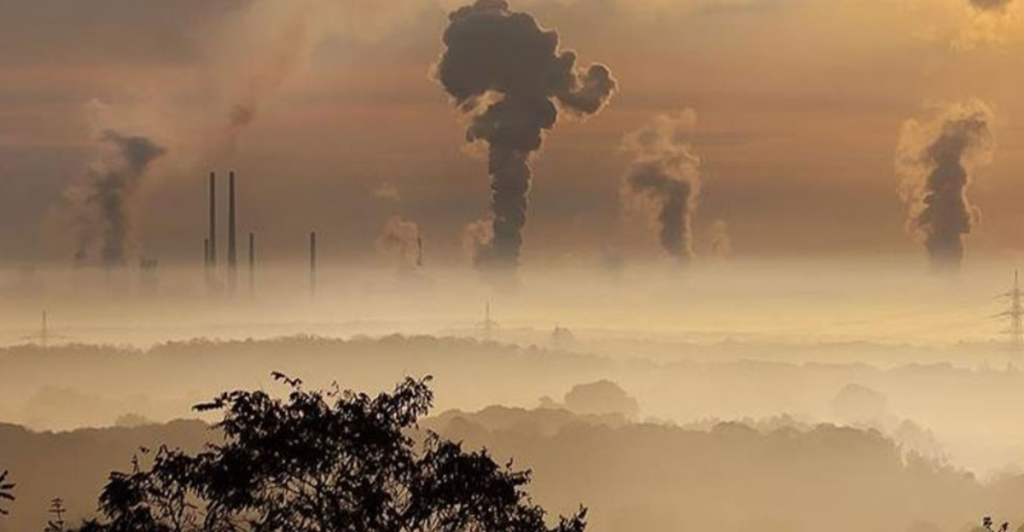
Ever wondered why new cars, scented candles, and nail polish all have that strong smell? That’s VOCs, aka Volatile Organic Compounds—invisible chemicals that evaporate into the air. Certain green technologies like some biofuels, sustainable building materials, and even trees release VOCs that react with sunlight and nitrogen oxides (NOx) to form ozone. So, in our attempt to be eco-warriors, we might actually be the polluters.
Urban Green Spaces—Pretty, But Problematic?
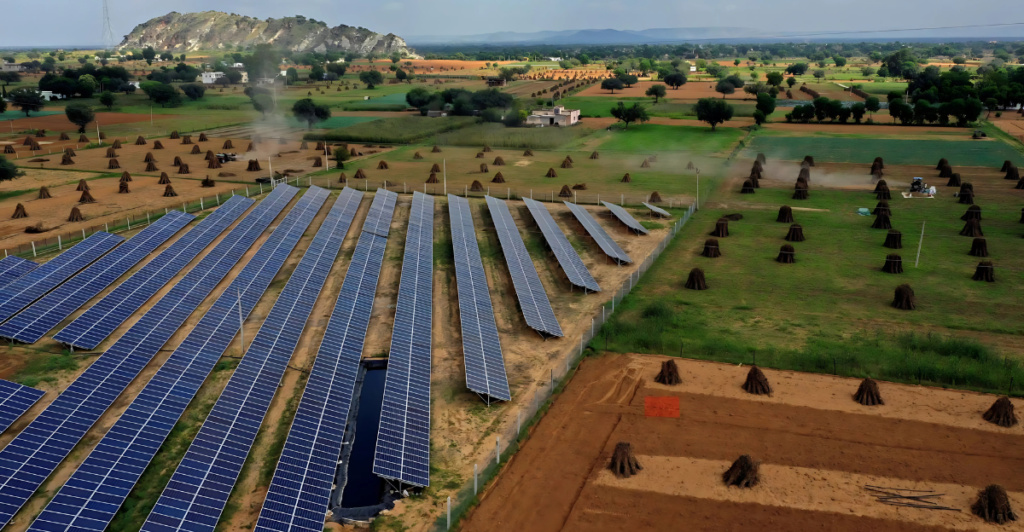
Have you noticed chic green rooftops, urban forests, and eco-friendly gardens popping up everywhere? Well, some of them might be secretly making air pollution worse. Certain popular tree species, like oaks and eucalyptus, release high levels of VOCs. And when they’re planted in cities with lots of car fumes (aka nitrogen oxides), it’s instant ozone pollution. Basically, we’re out here planting trees and accidentally creating smog cocktails.
Biofuels—A Green Energy Scam?
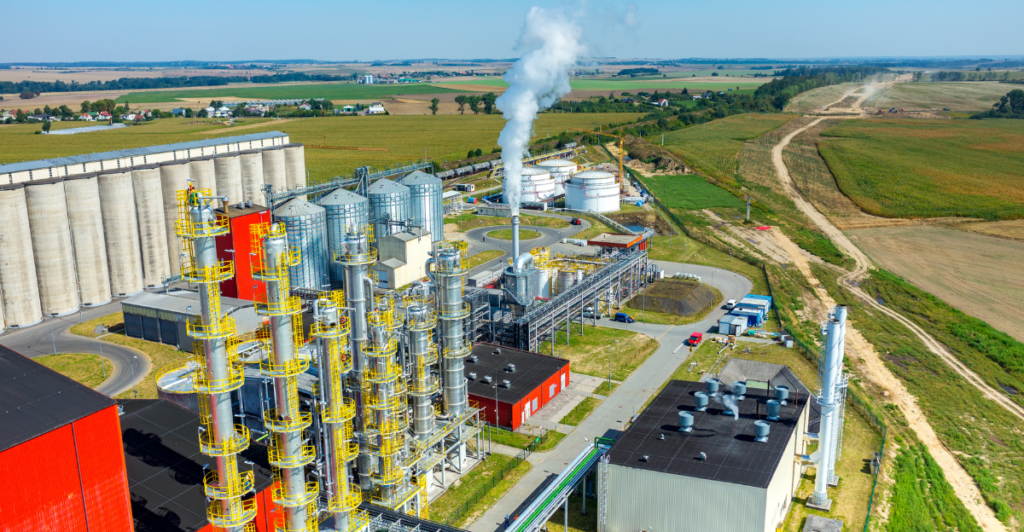
If you thought biofuels were the savior of clean energy, get ready for a rude awakening. While they do produce fewer carbon emissions than fossil fuels, they still release VOCs and nitrogen oxides. Translation? Burning biofuels can lead to even more ozone pollution than regular old gasoline. It’s like switching to oat milk thinking you’re being healthy, only to find out it’s full of sugar.
“Clean” Indoor Air? Think Again
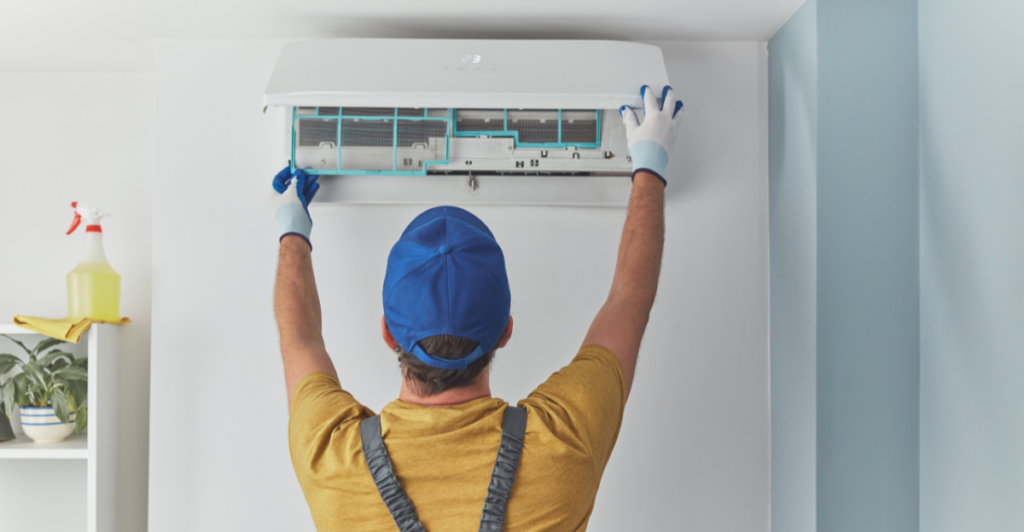
That lavender-scented soy wax candle you love? The one that makes your apartment smell like a Pinterest board? Yeah, it’s probably releasing VOCs too. Studies show that even eco-friendly scented products can react with indoor ozone, creating air pollution inside your home. So while you’re thinking your air is fresh, you might as well be breathing in car exhaust fumes.
Climate Change’s Messy Role in This Whole Situation
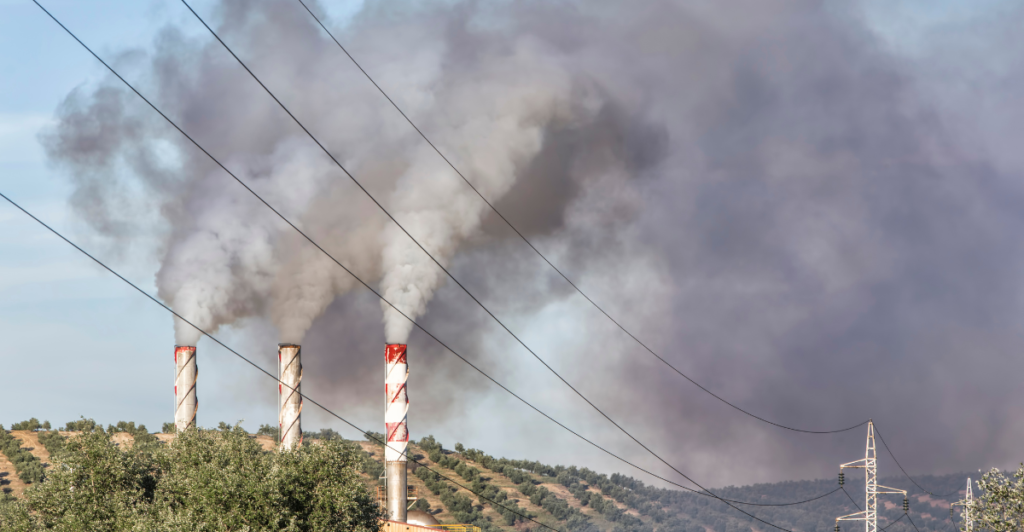
Here’s where it gets even worse. Rising global temperatures actually speed up ozone formation. So while we’re fighting climate change with green energy, reforestation, and alternative fuels, we’re also creating more ozone pollution because the hotter it gets, the more these VOCs react with sunlight. It’s a chaotic feedback loop, and we’re stuck in the middle of it.
Wildlife Is Suffering, Too

Ozone pollution doesn’t just mess with human lungs, it’s also ruining entire ecosystems. When ozone levels rise, plants struggle to grow, crops produce less food, and animals lose vital habitats. Conservationists are already seeing stunted forests and reduced biodiversity in ozone-heavy areas. So much for saving the planet, huh?
So, What Now? Do We Just Give Up?

Let’s break it down: Ozone can be good or bad, depending on where it is. In the stratosphere, it protects us from harmful UV rays, but at ground level, it becomes a toxic pollutant that damages lungs, harms wildlife, and weakens crops. A new study now suggests that some green technologies might actually be increasing ground-level ozone, creating pollution in ways we didn’t anticipate.
Policymakers Need to Catch Up

Most laws around green energy and conservation were written before we realized some of these solutions had side effects. We need better regulations for emissions, smarter urban planning, and incentives for research into cleaner technologies. Because if we don’t fix this soon, we’re going to be stuck in an endless loop of fixing one problem while accidentally causing another.
Companies Need to Stop Greenwashing
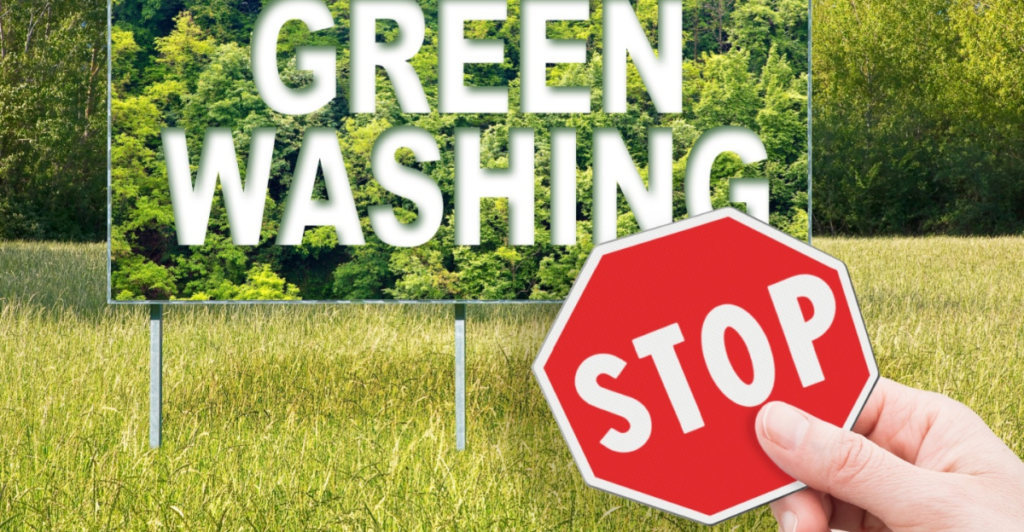
It’s trendy to slap “eco-friendly” on a product and call it a day, but how much of it is real? A lot of so-called green products aren’t actually better—they just have better marketing. We need actual environmental impact studies instead of just taking companies at their word. If it’s not reducing pollution, then what’s the point?
The Future of Green Tech—It’s Not All Bad

We’re not doomed (yet). Scientists are already working on low-VOC building materials, smarter biofuels, and ozone-friendly urban planning. The goal? Green solutions that actually work without hidden side effects. If we play this right, we could have a cleaner, healthier planet.
Are We Doing This Right?

We all want to do our part, but if green solutions aren’t actually helping, what’s the point really? This study is a wake-up call that we need to be more critical about what “eco-friendly” really means. So, are we saving the planet—or just rebranding pollution with a prettier label?
Explore more of our trending stories and hit Follow to keep them coming to your feed!

Don’t miss out on more stories like this! Hit the Follow button at the top of this article to stay updated with the latest news. Share your thoughts in the comments—we’d love to hear from you!







